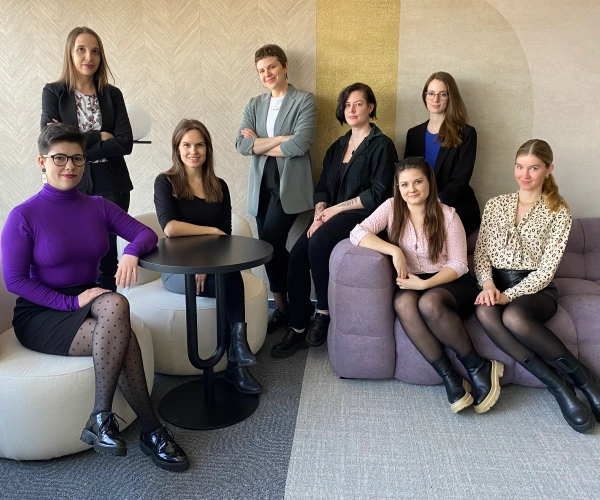
Investment in primary education is falling short of targets in many low- and middle-income countries (LMICs). But there are proven strategies to turn this situation around.
It is important that LMICs increase investment levels for primary education. Some countries only dedicate 5% of their total education budget to pre-primary and primary education, instead choosing to focus on secondary and higher education. Increasing primary education budgets, encouraging citizen philanthropy, and scaling the number of public-private partnerships, are all ways to increase primary education investment in LMICs.
The importance of investment
Before focusing on the ways to increase primary education investment, it is important to first understand why investment is needed. Research shows that primary education forms the bedrock of development. It is here that children learn the foundational skills to prepare them for life and work. It also breaks poverty cycles.
Across some LMICs, less than 70% of children who start primary education finish it. Enrolment and completion rates have been falling, leading to low literacy and numeracy rates. For children who finish primary education, only half of them reach minimum proficiency levels in reading or numeracy. Investment is therefore essential to improve teaching and access to education.
The importance of investment can also be seen by the positive influence that donors have had on primary education. For example, USAID invested in training thousands of teachers on how to teach reading in Pakistan. The organisation also established classroom libraries in thousands of schools, and encouraged schools to dedicate more classroom time for reading.
Increase primary education investment
With 2% of total GDP being spent on education in some LMICs, dedicating 5% of this proportion on primary education simply is not enough investment to make a significant difference. This level of investment often leads to the number of trained teachers becoming insufficient to support population growth.
The median number of pupils for every teacher in LMICs is 27, but in some countries, this figure is well over 40. This number is far too high to provide quality teaching, with attention on individual children naturally reducing with greater numbers. Increasing investment into primary schooling can lead to greater numbers of trained teachers, meaning better education outcomes for children.
Encourage philanthropy among citizens
Philanthropy among citizens can make a huge difference to primary education improvements. For example, Pakistan's government has promoted philanthropy with congenial policies and tax giving, leading to further investment in education. Tax exemption is given to charitable donations made to social welfare NGOs as well.
In the country, there are almost 20,000 third sector donors working exclusively in the education sector, with their main focus being on basic and primary education. Many of them run formal schools, while others are involved in non-formal education, such as literacy centres and support groups set up outside of schools.
More public-private partnerships
Public-private partnerships are on the rise in some LMICs, with the private sector now accounting for 30% of total primary enrolment in Pakistan. There is an opportunity to provide low-cost private schools, with current initiatives in Sindh province seeing Education Management Organizations (EMOs) and reputable private companies working together to improve public schools. As of September 2020, the government had handed over 139 schools with 64,000 students to seven EMOs in Sindh.
By focusing on more of these partnerships, the operations of public schools and children's learning achievements can further improve.
A combination of increased primary school investment, encouraging philanthropy among citizens, and more public-private partnerships, can create significant improvements in primary education in LMICs. While increased funding alone can help, innovative ways to improve education are also needed.


